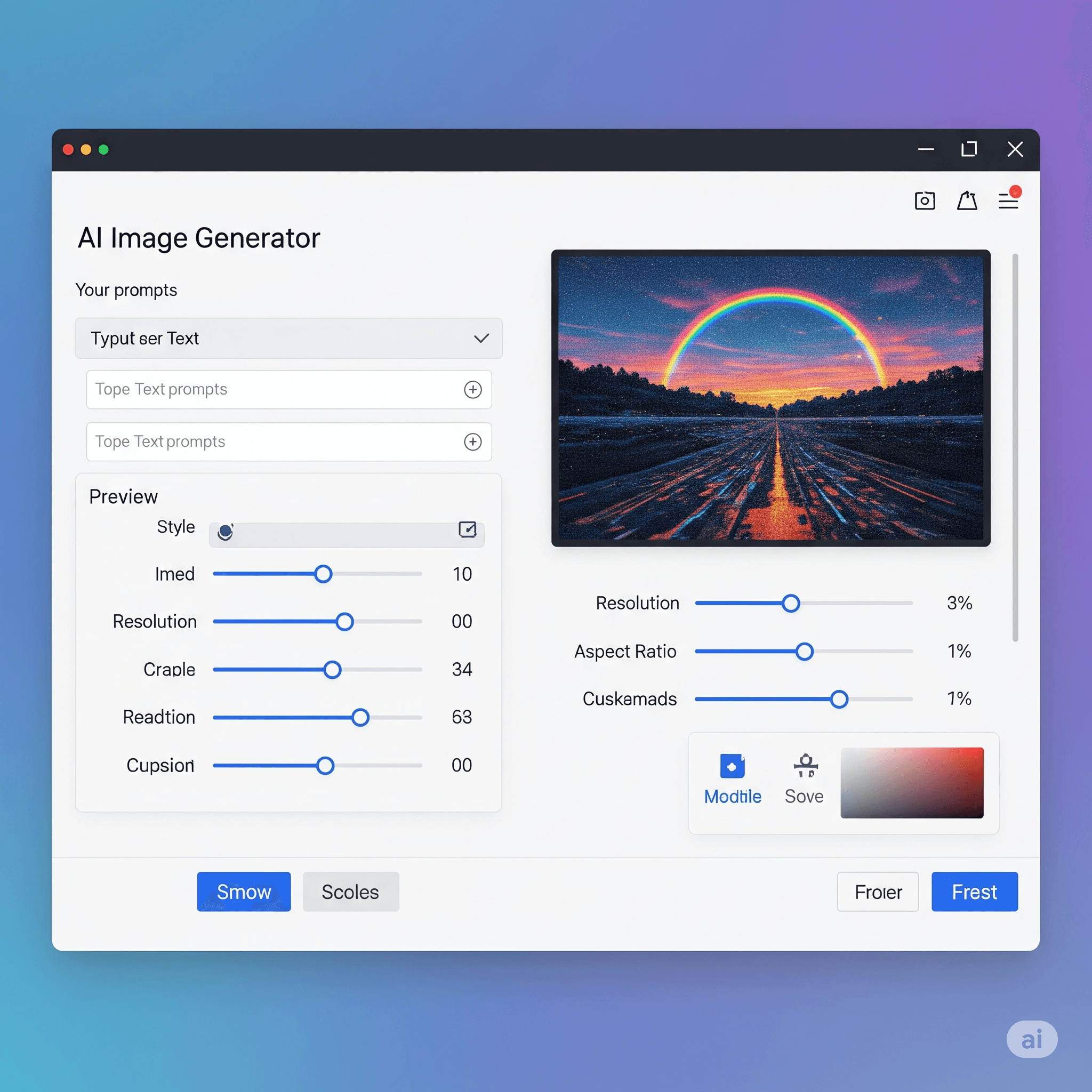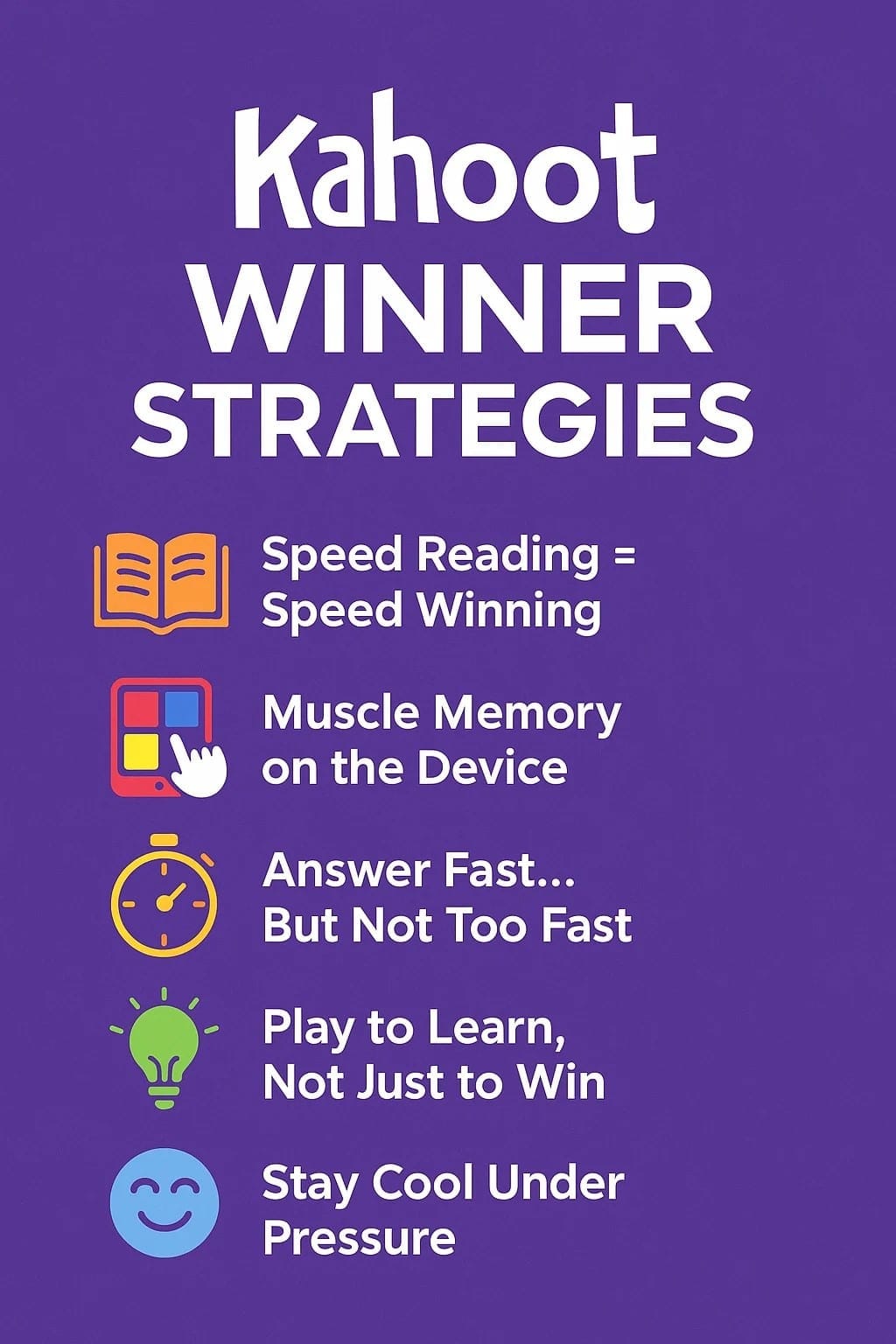Question: What is XML?
Answer:
XML (Extensible Markup Language) is a markup language that defines a set of rules for encoding documents in a format that is both human-readable and machine-readable. It is designed to store and transport data in a structured manner, making it useful for a wide range of applications and industries.
In XML, data is enclosed within tags, which are defined by the user or adhere to predefined standards. These tags define the structure and meaning of the data, allowing it to be easily understood and processed by both humans and machines. XML documents are hierarchical in nature, consisting of nested elements that represent the relationships between different pieces of data.
XML is widely used for data representation and exchange, especially in web-based applications and systems that require interoperability between different platforms and technologies. It provides a flexible and extensible format for storing and transmitting structured information, allowing for easy integration and sharing of data across diverse systems.
One of the key advantages of XML is its platform and vendor independence. It allows developers to define their own tags and structure based on the specific requirements of their application or domain. This flexibility, along with the widespread support for XML parsing and processing, has made XML a popular choice for data representation in various domains, including web services, data interchange, configuration files, and document storage.
Certainly! Here's an example of an XML document that represents information about a book:
```xml <?xml version="1.0" encoding="UTF-8"?> <bookstore> <book category="fiction"> <title>The Great Gatsby</title> <author>F. Scott Fitzgerald</author> <year>1925</year> <price>10.99</price> </book> <book category="non-fiction"> <title>Sapiens: A Brief History of Humankind</title> <author>Yuval Noah Harari</author> <year>2014</year> <price>15.99</price> </book> </bookstore> ```
In the above example:
- The XML declaration `<?xml version="1.0" encoding="UTF-8"?>` specifies the XML version and character encoding being used.
- The root element `<bookstore>` represents a collection of books.
- Each `<book>` element represents an individual book and has an attribute `category` that specifies the book's category (fiction or non-fiction).
- Within each `<book>` element, there are child elements representing different properties of the book, such as `<title>`, `<author>`, `<year>`, and `<price>`. These elements contain the corresponding information about each book.
This XML example demonstrates a basic structure for representing book data. Additional book entries can be added by repeating the `<book>` element with different attributes and child elements.
XML is a markup language used for structuring and representing data in a hierarchical format. It is widely used for data exchange between different systems and applications.
MCQ: Full form of XML
Explanation:
XML (Extensible Markup Language) is a markup language that defines a set of rules for encoding documents in a format that is both human-readable and machine-readable. It is designed to store and transport data in a structured manner, making it useful for a wide range of applications and industries.
In XML, data is enclosed within tags, which are defined by the user or adhere to predefined standards. These tags define the structure and meaning of the data, allowing it to be easily understood and processed by both humans and machines. XML documents are hierarchical in nature, consisting of nested elements that represent the relationships between different pieces of data.
XML is widely used for data representation and exchange, especially in web-based applications and systems that require interoperability between different platforms and technologies. It provides a flexible and extensible format for storing and transmitting structured information, allowing for easy integration and sharing of data across diverse systems.
One of the key advantages of XML is its platform and vendor independence. It allows developers to define their own tags and structure based on the specific requirements of their application or domain. This flexibility, along with the widespread support for XML parsing and processing, has made XML a popular choice for data representation in various domains, including web services, data interchange, configuration files, and document storage.
Certainly! Here's an example of an XML document that represents information about a book:
```xml <?xml version="1.0" encoding="UTF-8"?> <bookstore> <book category="fiction"> <title>The Great Gatsby</title> <author>F. Scott Fitzgerald</author> <year>1925</year> <price>10.99</price> </book> <book category="non-fiction"> <title>Sapiens: A Brief History of Humankind</title> <author>Yuval Noah Harari</author> <year>2014</year> <price>15.99</price> </book> </bookstore> ```
In the above example:
- The XML declaration `<?xml version="1.0" encoding="UTF-8"?>` specifies the XML version and character encoding being used.
- The root element `<bookstore>` represents a collection of books.
- Each `<book>` element represents an individual book and has an attribute `category` that specifies the book's category (fiction or non-fiction).
- Within each `<book>` element, there are child elements representing different properties of the book, such as `<title>`, `<author>`, `<year>`, and `<price>`. These elements contain the corresponding information about each book.
This XML example demonstrates a basic structure for representing book data. Additional book entries can be added by repeating the `<book>` element with different attributes and child elements.
XML is a markup language used for structuring and representing data in a hierarchical format. It is widely used for data exchange between different systems and applications.
Discuss a Question
Related Questions
- 1. Which of the following application work similar to open office word application?
- 2. Which Menu Option is used to HIDE SLIDE in MS POWER POINT?
- 3. In Microsoft Word, the F7 key is used to check grammar and spelling?
- 4. What is MODEM?
- 5. Which two digit computer can understand?
- 6. Any organization’s initial web page is known as?
- 7. Who invented the World Wide Web (WWW)?
- 8. Transit time and response time measure the _______ of a network
- 9. The number of users on a network has the greatest impact on the network's _______
- 10. Network failure is primarily a _______ issue.
You may be interested in:
Computer Basics MCQs






